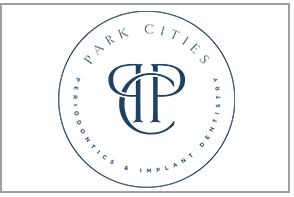Understanding the Procedure
To begin treating periodontal disease, we must typically begin by eliminating the bacterial plaque and tartar that are known to cause inflammation, disease, and irreversible tissue damage. Often referred to as a deep cleaning, scaling and root planing can serve as a stand-alone periodontal treatment or it can be performed in preparation for a surgical procedure.
To perform the procedure, we will use specialized instruments to remove the film of bacterial plaque and tartar that have become attached to the roots of your teeth. We will especially target the buildup that has accumulated below the gum line. Next, it is important to smooth, or plane, the roots of the teeth to eliminate the crevices that would attract toxic microorganisms. Root planing promotes healing and makes it more difficult for bacteria to colonize there in the future. This non-surgical procedure is typically performed with the help of local anesthetics for your personal comfort.
Adjunctive Therapy
In addition to removing plaque and tartar, we often use antibiotics or prescription mouth rinses to help control the toxic bacteria that would otherwise interfere with the healing process.
After scaling and root planing, if deep pockets between the teeth and gums cannot be adequately managed at home, surgical treatment may be recommended to treat the pockets and further improve your periodontal health.
Benefits of Scaling and Root Planing
Ridding your body of bacterial plaque and tartar can help to prevent or control various systemic diseases. Studies have shown heart and respiratory diseases can be aggravated by the bacteria which are associated with periodontal disease.
Scaling and root planing can also be essential in the fight against tooth loss. When bacteria are allowed to colonize in pockets that are more than 3mm below the gumline, it will eventually cause the body’s chronic inflammatory response to destroy gum tissue and bone. This is the leading cause of tooth loss.
A clean mouth, fresher breath, and stain-free teeth are the most immediate benefits of scaling and root planing. When food particles and bacterial byproducts are flushed from beneath the gums and between the teeth, you’ll feel more confident about your smile, your breath, and also your health.
To learn more about scaling and root planing, or to schedule your treatment, please contact our office today.
